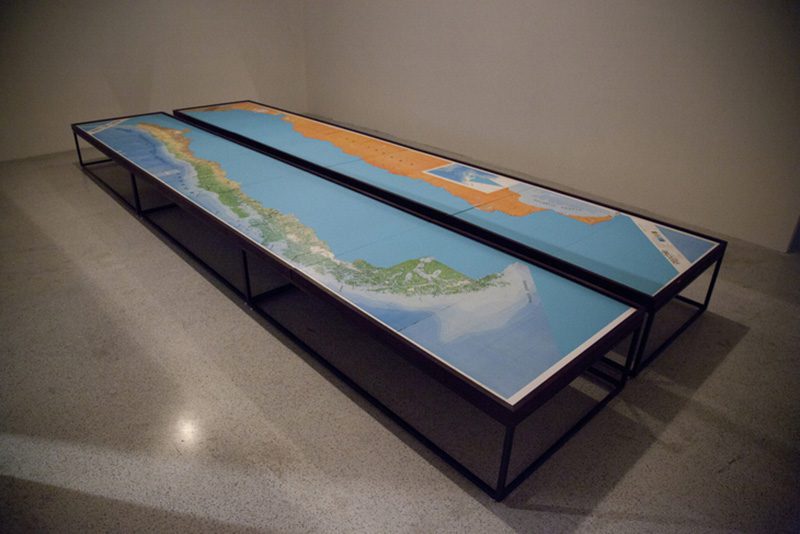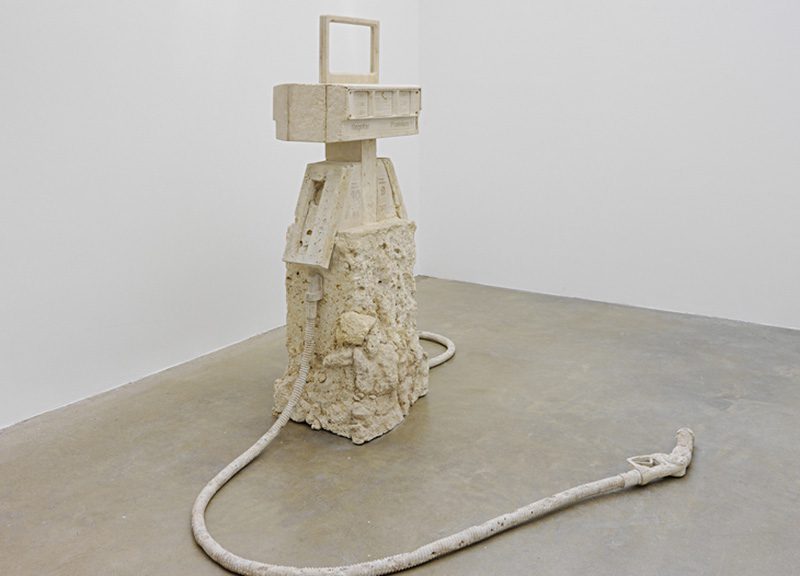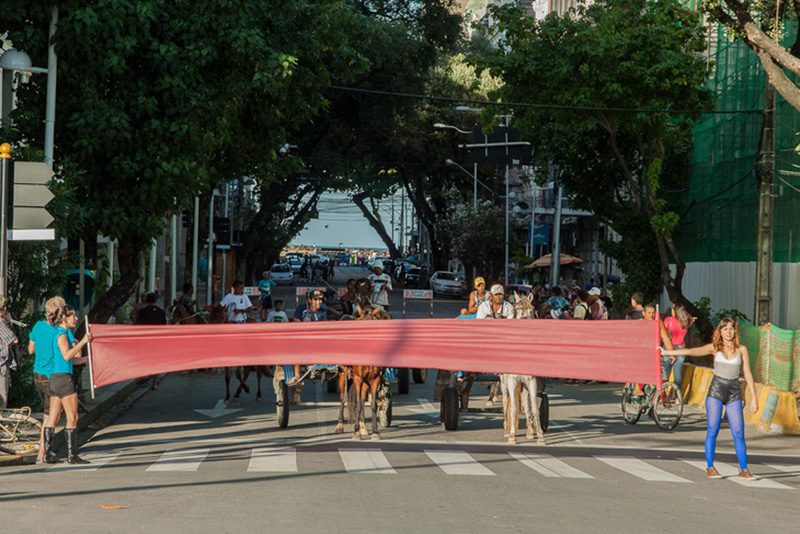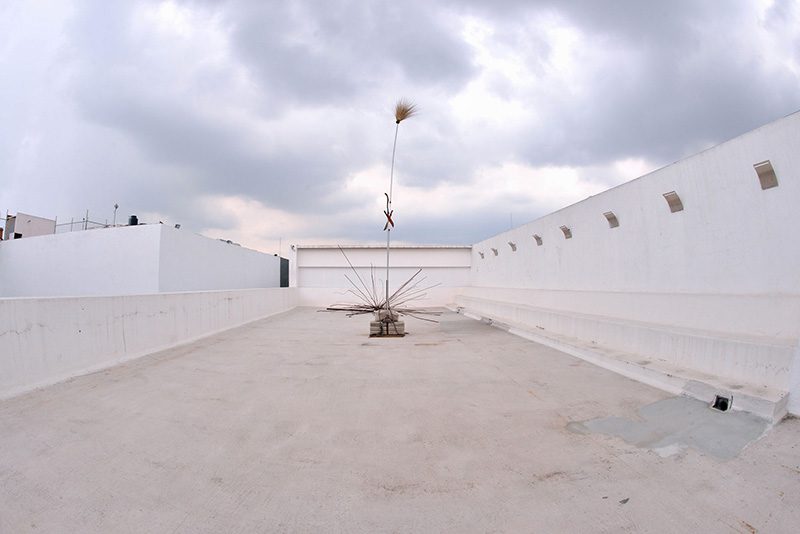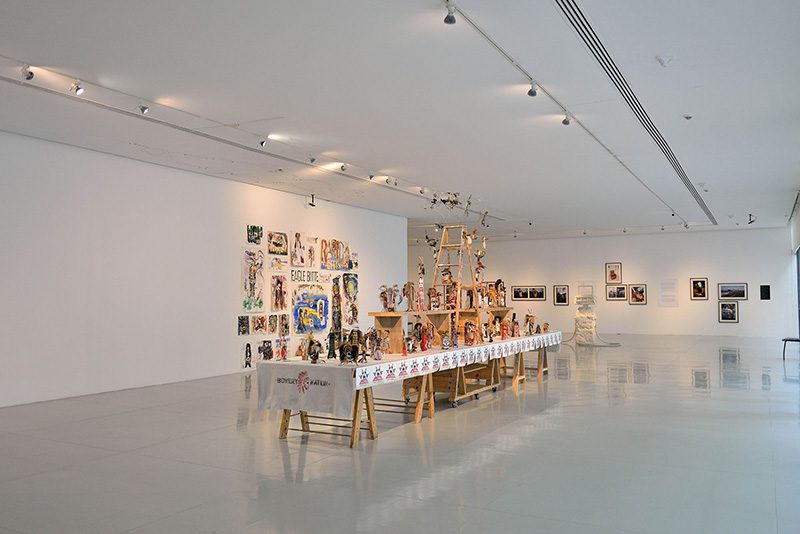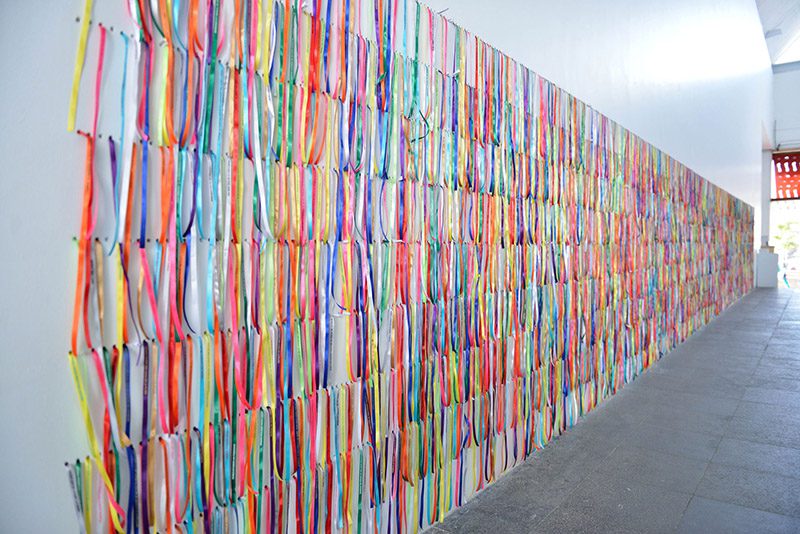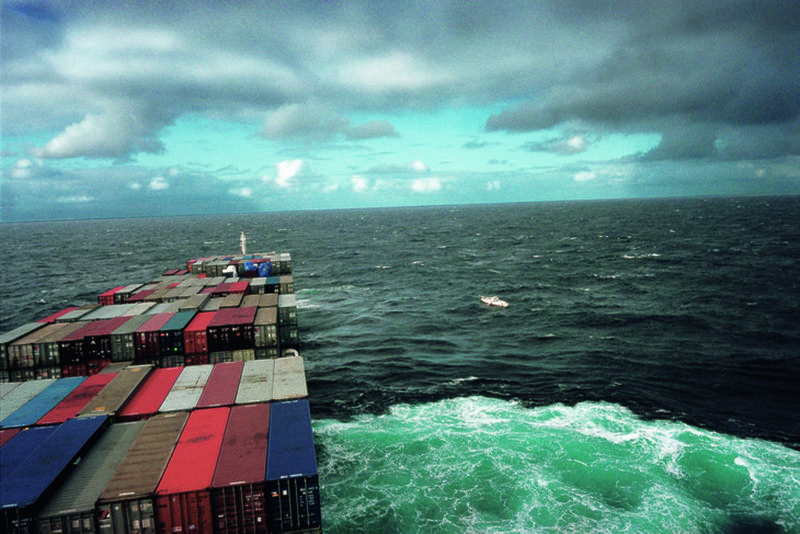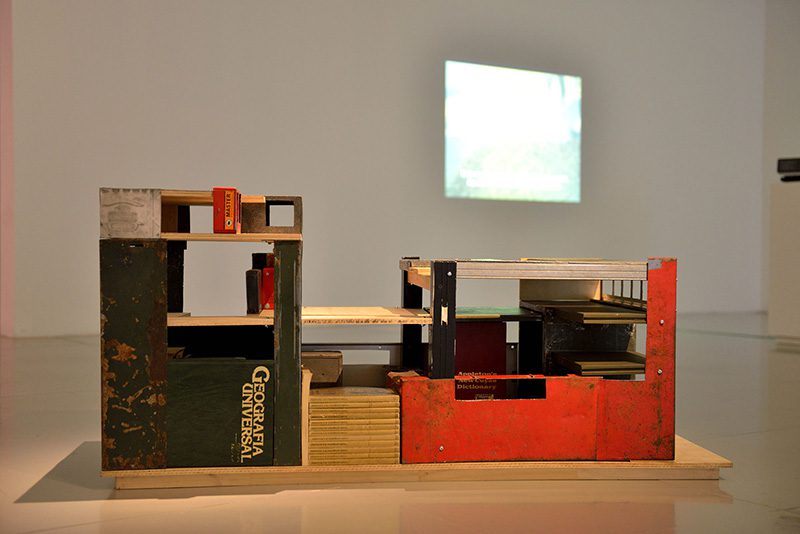ART-PRESENTATION: Atopia
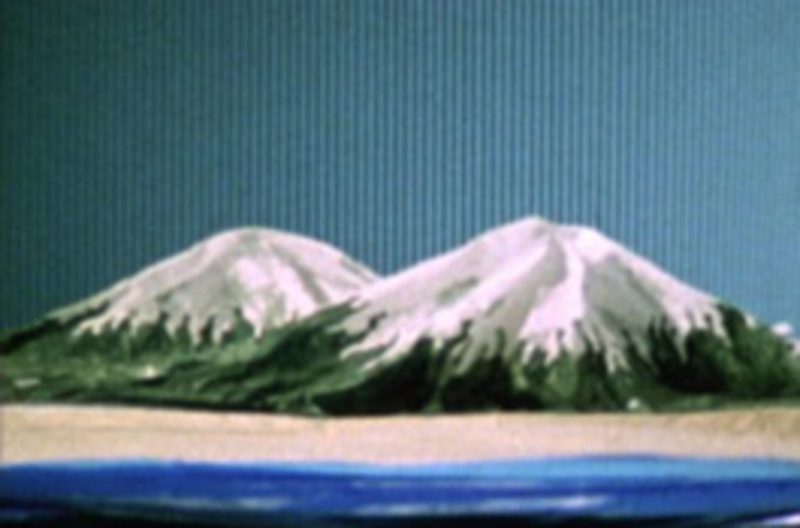 Atopia, a word mainly used in medicine and philosophy, literally means placelessness, out of place, unclassifiable and of high originality. It is, in its traditional use, at the same time, a category of otherness, difference, expulsion and exclusion, as it is a reference to the ineffable, the pristine, and the absolute.
Atopia, a word mainly used in medicine and philosophy, literally means placelessness, out of place, unclassifiable and of high originality. It is, in its traditional use, at the same time, a category of otherness, difference, expulsion and exclusion, as it is a reference to the ineffable, the pristine, and the absolute.
By Dimitris Lempesis
Photo: TBA21 Archive
It is in this double connotation, in which the term Atopia, becomes a productive figure for thinking in addressing the various ways in which artists have dealt with ideas of place, geography, migration, heritage, translation, the crossing of national, social and cultural borders. The atopic is here but not here, it is a position which denies location, perhaps an attitude that relates to an “original” cultural or social experience but at the same time diffuses it and even negates it. The exhibition “Atopia: Migration, Heritage and Placelessness. Works from the Thyssen-Bornemisza Art Contemporary Collection”, stages an atopic gathering of artistic forms, mainly drawn from the collection of TBA21’s collection of Latin-American artists. Focusing on the practices in which artists have accessed, rehearsed, participated in and negotiated concepts of “place” or “place of origin,” their past, heritage, and cultural ambiguities reveals that geographic denotations are not neutral signifiers but carry cultural authority and are embedded in hegemonic discourses. Origin / locality is not a neutral point of reference. What seems to be just a geographic denotation, comes with an apparatus of definitions and is grounded in systems of authority. Geography and place-bound symbolisms incorporates a signifying system through which individuals and collectives register and express their identities. Place-specific and locational narratives have thus become important figures of the artistic expressions of the past decade, but also projective sites of stereotyping and post-colonial or ethnicizing simplifications. The exhibition looks at the countersides of the processes of aggregation and homogenization and addresses the ways in which a collection of 21st Century art is constructed around the various experiences of difference, in which individuals and collectives participate in different cultural processes and realities. A wide ranging production of works catalyze the reexamination of the agency of the artist in the production of such locational inquiries. It also implies strategies for re-claiming certain histories and place-specificities by way of reasserting territorial representations. The way “localism” is understood in this particular context is not as a reaffirmation of common simplifications but is instead based on productive inquiries and internalization of paradoxes and transitions, which evade categorizations or nostalgic impulses. It also shows how shifting political and economic realities have created new tales of places, and how their histories have sparked the impulse to document the rapid processes of transformation set into motion by new “continental shifts”.
Info: Curators: Valentina Gutiérrez & Daniela Zyman, Museo de Arte Moderno de Bogotá, 06, Cl. 24 #6A, Bogotá, Duration: 1/3-4/6/16, Days & Hours: Tue-Sat 10:00-18:00, Sun 12:00-16:30, www.mambogota.com
